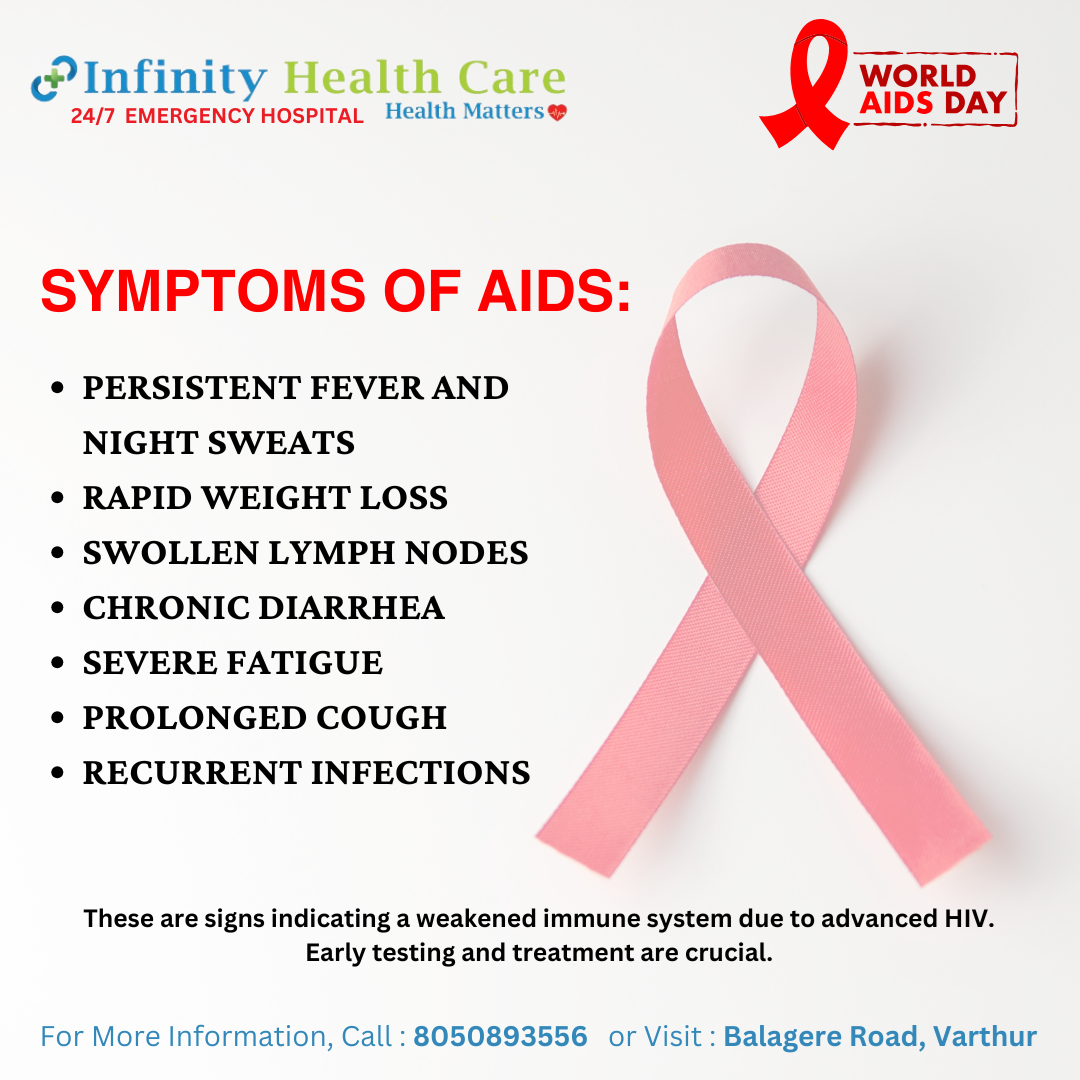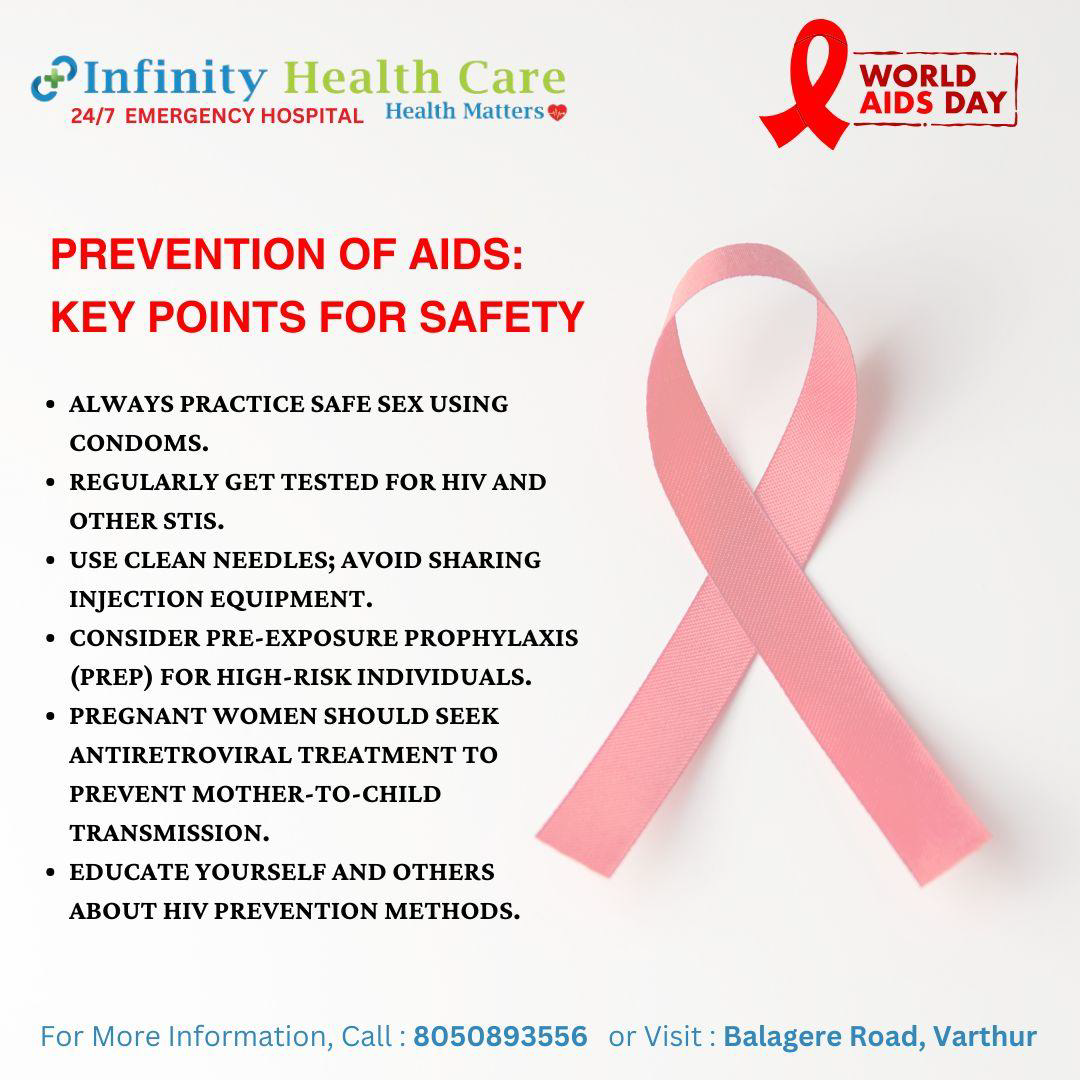World AIDS Day is commemorated every year on December 1st. For over 30 years, the World Health Organization (WHO) has marked it as one of its official global public health campaigns. Since its beginning in 1988, this day has united people worldwide to promote awareness about HIV (human immunodeficiency virus) and AIDS (acquired immunodeficiency syndrome).
Various organizations across the world organize campaigns and activities focused on educating the public about HIV and AIDS, while also addressing the stigma surrounding these conditions. World AIDS Day is a time to show global support for those affected by HIV, honor those who have passed from AIDS-related illnesses, and strengthen efforts to prevent the virus's transmission.
The theme for 2024, "Take the right path: My health, my right!" calls on everyone to stand up for the right to health and work towards eliminating the disparities that impede the fight against AIDS.
HIV remains a significant global health challenge, having claimed approximately 40.4 million lives to date and continuing to spread globally. By the end of 2022, around 39.0 million people were living with HIV, including an estimated 24 lakh individuals in India. That same year, 630,000 people died from HIV-related causes, and 1.3 million new cases were reported. Although there is no cure for HIV, comprehensive prevention, accurate diagnosis, and effective treatment have transformed it into a manageable chronic condition. WHO, the Global Fund, and UNAIDS have synchronized their strategies with the goal of eradicating the HIV epidemic by 2030.
HIV (human immunodeficiency virus) targets and weakens the immune system, potentially leading to its most severe phase: Acquired Immune Deficiency Syndrome (AIDS). The virus attacks white blood cells, increasing vulnerability to secondary diseases such as tuberculosis and other infections. HIV can be transmitted through infected bodily fluids but does not spread via casual contact. It can also be transmitted from a mother to her baby during pregnancy, delivery, or through breastfeeding.
Treatment with antiretroviral therapy (ART) helps control HIV and prevent it from progressing to AIDS. Without treatment, HIV advances to AIDS over several years. WHO classifies Advanced HIV Disease (AHD) based on CD4 cell counts or clinical staging.In adults and adolescents, AHD is identified when the CD4 count falls below 200 cells/mm³ or when they are classified under clinical stages 3 and 4. For children under five, all HIV cases are regarded as advanced.

Without treatment, severe illnesses develop, leading to opportunistic infections such as:
Raising awareness and education are critical to preventing HIV transmission and supporting those affected by the virus. Through proactive measures, medical support, and community efforts, progress toward ending the HIV epidemic can be achieved.
HIV can spread through certain bodily fluids, including blood, breast milk, semen, and vaginal secretions.The risk of transmission is higher under certain conditions, including:
HIV tests are very accurate, but they cannot identify the virus right after exposure.The time needed for detection varies based on the type of test used, including antibody tests, antigen/antibody combination tests, and nucleic acid tests (NAT). Testing is crucial as it opens pathways to prevention, treatment, and ongoing care.
HIV home testing kits provide quick and confidential results in the comfort of your own space. Here’s how to use them:
While home tests are reliable, a follow-up laboratory test is essential for confirmation.

Preventing HIV involves multiple measures:
UNICEF’s U-Test harnesses AI and social media to educate young people on HIV prevention. It offers a discreet, at-home testing solution and connects users with support as needed. In West Africa, over a million youth have engaged with U-Test, with thousands conducting self-tests within a year. This initiative is expanding to other regions, enhancing access to HIV information and support.
Although there is no cure for HIV, ART effectively manages the virus and promotes overall well-being. ART reduces the viral load, prevents symptoms, and minimizes transmission. Complementary therapies can also aid in managing stress and anxiety. Pregnant women with HIV should use ART to safeguard themselves and their babies. PrEP and post-exposure prophylaxis (PEP) are vital tools for both prevention and management. WHO continues to advocate for advanced HIV care while research explores newer, more convenient treatments. ART is a lifelong commitment, ensuring health and longevity.
India’s National AIDS Control Organization (NACO) provides specialized care and support based on the stage of HIV infection. It emphasizes affordable treatment for common opportunistic infections, improves ART access for low-income populations, and supports family and community care, particularly for marginalized women and children. Community Care Centres in high-prevalence areas offer services like counseling, nutrition, treatment aid, and legal support, enhancing the well-being of HIV-positive individuals.
Myth: HIV can be transmitted by being around people who are HIV-positive.
Fact: HIV is not spread through casual contact such as touching, hugging, or sharing personal items. It is not transmitted by sweat, tears, saliva, urine, or through activities like using the same toilet, touching door handles, or sharing eating utensils. The virus is only transmitted through specific bodily fluids, including blood, semen, vaginal fluids, and breast milk.
Myth: Oral sex carries the same level of risk for HIV transmission as other sexual activities.
Fact: The risk of HIV transmission through oral sex is significantly lower compared to other sexual activities. Although it may seem possible if the partner is HIV-positive, the actual risk of transmission through oral sex is very minimal.
Myth: I would experience symptoms if I had HIV, and I can tell if my partner is infected.
Fact: HIV can be asymptomatic for many years, making it impossible to identify by symptoms alone. The only reliable way to know if you or your partner is HIV-positive is through proper testing. The Centers for Disease Control and Prevention (CDC) recommends regular HIV testing for everyone between the ages of 18 and 64 as part of routine health checks.
On World AIDS Day, it's essential to focus on education, debunk myths, and work together towards a world where HIV is no longer a health crisis. By continuing to educate ourselves and others, we can contribute to the global effort to end the HIV epidemic by 2030. Let’s unite for a future free of HIV—"Marching forward with antiretroviral strength."
To reach us please contact on Phone No.8050893556, Balagere Road,Varthur, Email – contactinfinityhealthcare@gmail.com and Website - www.infinityhealthcare.co.in
Written By
Infinity Health Care